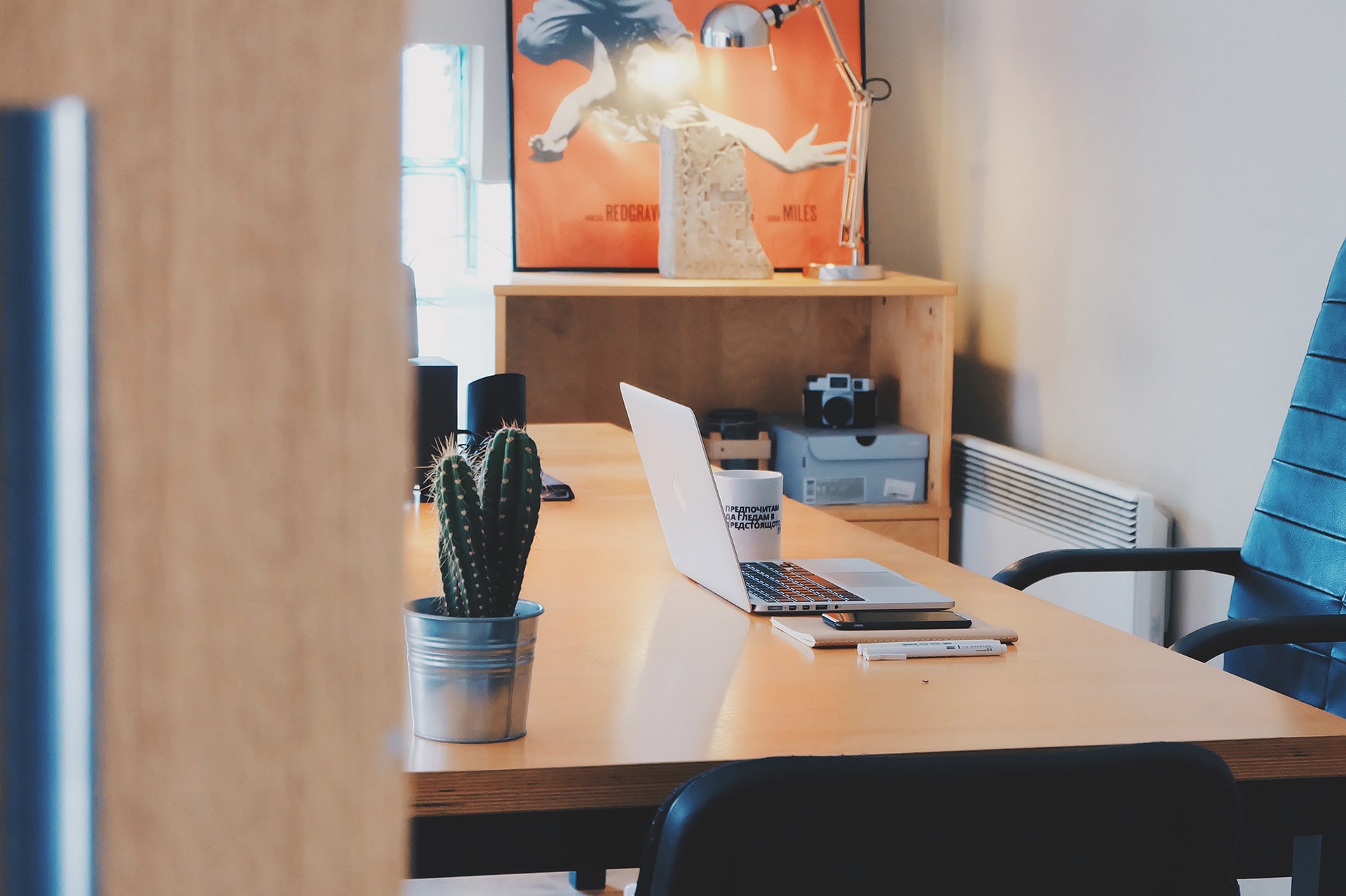Introduction: Color psychology plays a pivotal role in web design, influencing how users perceive and interact with a website. The strategic use of color can dramatically affect mood, feelings, and behaviors, making it a powerful tool in creating effective web designs.
Understanding Color Psychology:
- Red: Often used to grab attention, signify urgency, or evoke excitement. It can increase user engagement but should be used sparingly.
- Blue: Associated with trustworthiness and professionalism. Ideal for corporate or informational websites.
- Green: Represents nature and tranquility. Often used for environmental and wellness-focused sites.
- Yellow: Evokes happiness and optimism. Can be used to highlight key elements.
- Orange: A blend of energy and friendliness. Suitable for calls to action and promotions.
- Purple: Denotes luxury and creativity. It’s great for artistic or innovative websites.
- Black and White: Classic and sophisticated; black adds drama, while white offers cleanliness and simplicity.
Incorporating Color Psychology:
- Understand your audience and the emotional response you want to elicit.
- Use color to highlight important elements like CTAs and navigation.
- Balance vibrant colors with neutral tones to avoid overwhelming users.
Conclusion: Integrating color psychology into web design not only enhances aesthetics but also improves user experience and site effectiveness. By understanding the emotional impact of different colors, designers can create more engaging and persuasive websites.
